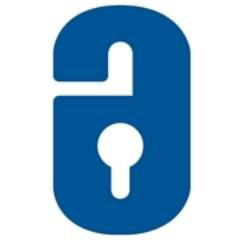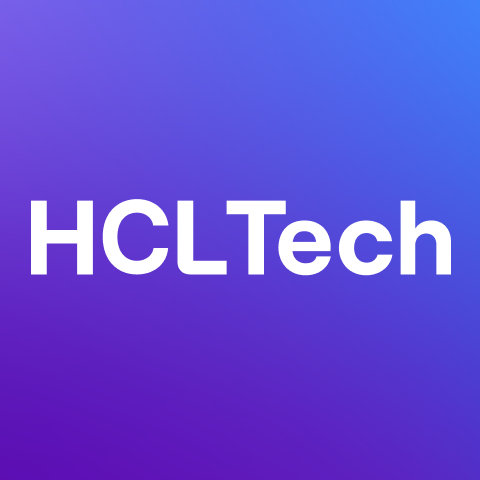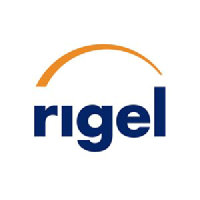
Capstone Copper Corp
TSX:CS


| US |

|
Johnson & Johnson
NYSE:JNJ
|
Pharmaceuticals
|
| US |

|
Berkshire Hathaway Inc
NYSE:BRK.A
|
Financial Services
|
| US |

|
Bank of America Corp
NYSE:BAC
|
Banking
|
| US |

|
Mastercard Inc
NYSE:MA
|
Technology
|
| US |

|
UnitedHealth Group Inc
NYSE:UNH
|
Health Care
|
| US |

|
Exxon Mobil Corp
NYSE:XOM
|
Energy
|
| US |

|
Pfizer Inc
NYSE:PFE
|
Pharmaceuticals
|
| US |

|
Palantir Technologies Inc
NYSE:PLTR
|
Technology
|
| US |

|
Nike Inc
NYSE:NKE
|
Textiles, Apparel & Luxury Goods
|
| US |

|
Visa Inc
NYSE:V
|
Technology
|
| CN |

|
Alibaba Group Holding Ltd
NYSE:BABA
|
Retail
|
| US |

|
JPMorgan Chase & Co
NYSE:JPM
|
Banking
|
| US |

|
Coca-Cola Co
NYSE:KO
|
Beverages
|
| US |

|
Walmart Inc
NYSE:WMT
|
Retail
|
| US |

|
Verizon Communications Inc
NYSE:VZ
|
Telecommunication
|
| US |

|
Chevron Corp
NYSE:CVX
|
Energy
|
Utilize notes to systematically review your investment decisions. By reflecting on past outcomes, you can discern effective strategies and identify those that underperformed. This continuous feedback loop enables you to adapt and refine your approach, optimizing for future success.
Each note serves as a learning point, offering insights into your decision-making processes. Over time, you'll accumulate a personalized database of knowledge, enhancing your ability to make informed decisions quickly and effectively.
With a comprehensive record of your investment history at your fingertips, you can compare current opportunities against past experiences. This not only bolsters your confidence but also ensures that each decision is grounded in a well-documented rationale.
Do you really want to delete this note?
This action cannot be undone.

| 52 Week Range |
5.37
13.74
|
| Price Target |
|
We'll email you a reminder when the closing price reaches CAD.
Choose the stock you wish to monitor with a price alert.

|
Johnson & Johnson
NYSE:JNJ
|
US |

|
Berkshire Hathaway Inc
NYSE:BRK.A
|
US |

|
Bank of America Corp
NYSE:BAC
|
US |

|
Mastercard Inc
NYSE:MA
|
US |

|
UnitedHealth Group Inc
NYSE:UNH
|
US |

|
Exxon Mobil Corp
NYSE:XOM
|
US |

|
Pfizer Inc
NYSE:PFE
|
US |

|
Palantir Technologies Inc
NYSE:PLTR
|
US |

|
Nike Inc
NYSE:NKE
|
US |

|
Visa Inc
NYSE:V
|
US |

|
Alibaba Group Holding Ltd
NYSE:BABA
|
CN |

|
JPMorgan Chase & Co
NYSE:JPM
|
US |

|
Coca-Cola Co
NYSE:KO
|
US |

|
Walmart Inc
NYSE:WMT
|
US |

|
Verizon Communications Inc
NYSE:VZ
|
US |

|
Chevron Corp
NYSE:CVX
|
US |
This alert will be permanently deleted.
Capstone Copper Corp
Capstone Copper Corp emerges as a significant player in the mining industry, rooted in its focus on the production of copper, a metal paramount to global infrastructure and technological advancement. With its operations stretched across multiple sites in North and South America, Capstone is involved in the extraction, processing, and sale of copper concentrate. Each mining site, such as the Pinto Valley in Arizona and Cozamin in Mexico, is a machinery of efficiency, transforming earth's raw potential into economic gain. The company’s vertical integration allows for close control over its production chain, ensuring higher margins by moving swiftly from extraction to refined copper. In producing large quantities of copper concentrate, Capstone Copper is tapping into the steady and growing demand driven by sectors like construction, electronics, and renewable energy.
The financial health of Capstone rides on its operational efficiency and market standing, with revenue streams primarily flowing from the sale of copper concentrate to international buyers. Amidst fluctuating global copper prices, Capstone Copper focuses on maintaining cost-effective operations, leveraging technology, and sustainable practices to maximize output and optimize investment. The company’s strategic pursuits also encompass exploring new mines and expanding existing capacities to meet future demands in a copper-deficit market. Through prudent capital management and adaptation to market dynamics, Capstone positions itself to not only capture economic value from the rich copper deposits but also to contribute significantly to the modern era’s industrial and technological transformation.

Capstone Copper Corp emerges as a significant player in the mining industry, rooted in its focus on the production of copper, a metal paramount to global infrastructure and technological advancement. With its operations stretched across multiple sites in North and South America, Capstone is involved in the extraction, processing, and sale of copper concentrate. Each mining site, such as the Pinto Valley in Arizona and Cozamin in Mexico, is a machinery of efficiency, transforming earth's raw potential into economic gain. The company’s vertical integration allows for close control over its production chain, ensuring higher margins by moving swiftly from extraction to refined copper. In producing large quantities of copper concentrate, Capstone Copper is tapping into the steady and growing demand driven by sectors like construction, electronics, and renewable energy.
The financial health of Capstone rides on its operational efficiency and market standing, with revenue streams primarily flowing from the sale of copper concentrate to international buyers. Amidst fluctuating global copper prices, Capstone Copper focuses on maintaining cost-effective operations, leveraging technology, and sustainable practices to maximize output and optimize investment. The company’s strategic pursuits also encompass exploring new mines and expanding existing capacities to meet future demands in a copper-deficit market. Through prudent capital management and adaptation to market dynamics, Capstone positions itself to not only capture economic value from the rich copper deposits but also to contribute significantly to the modern era’s industrial and technological transformation.
Record Revenue: Capstone Copper reported record Q3 revenue of $598.4 million, driven by strong copper production and favorable commodity prices.
Cost Control: C1 cash cost dropped to $2.42 per pound, marking the third consecutive quarter of lower costs.
Strong Margins & EBITDA: Gross margins reached $2.07 per pound (46%), and adjusted EBITDA set another record at $249.2 million, up 106% year-over-year.
Guidance Maintained: Production and cost guidance for 2025 are reiterated, with copper production expected at the lower end of the range and costs at the upper end.
Mantoverde Update: Mantoverde faced downtime from motor failures but achieved record recoveries; construction on the Mantoverde Optimize project has begun.
Santo Domingo JV: Capstone entered a joint venture with Orion Resource Partners for its Santo Domingo project, securing up to $360 million and a buyback option.
Liquidity & Deleveraging: Liquidity exceeded $1 billion, and net debt-to-EBITDA fell to 0.9x, beating the company’s target.
Operational Outlook: Management expects a strong finish to 2025 and is preparing for further growth in 2026, with several expansion and exploration initiatives underway.















































